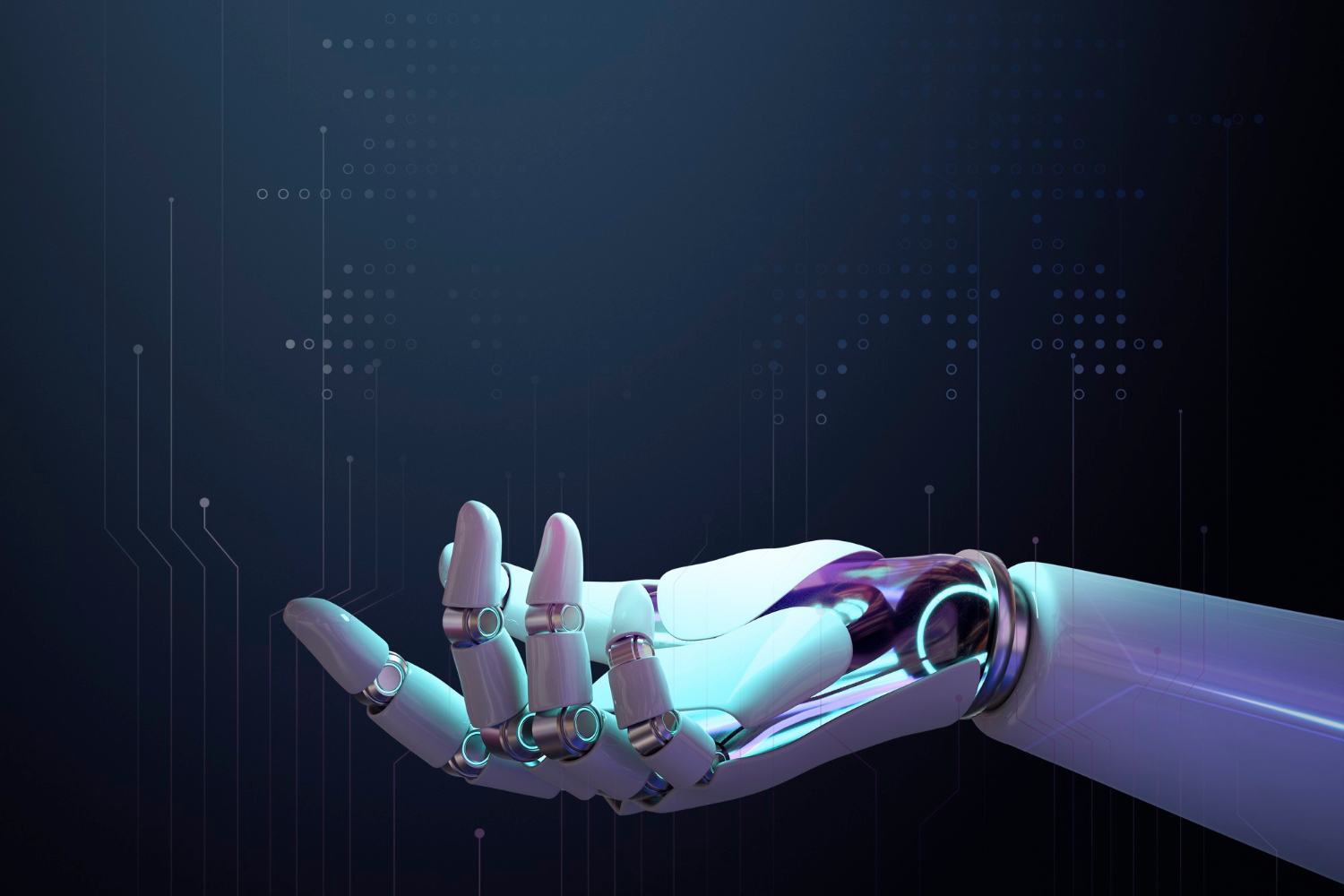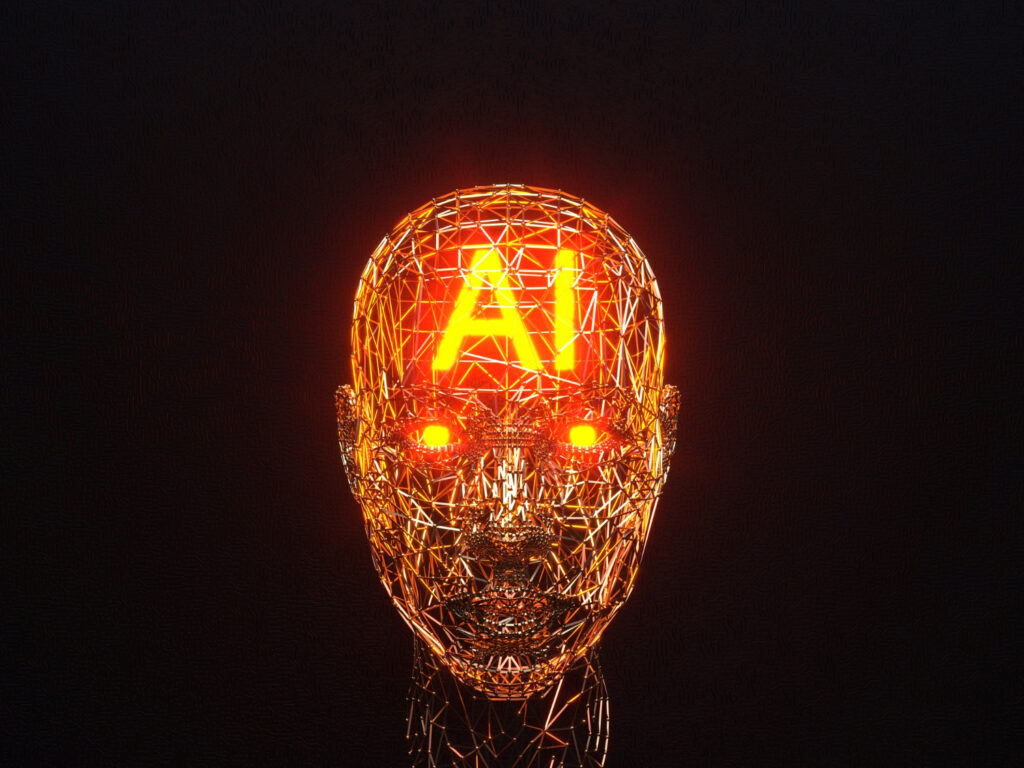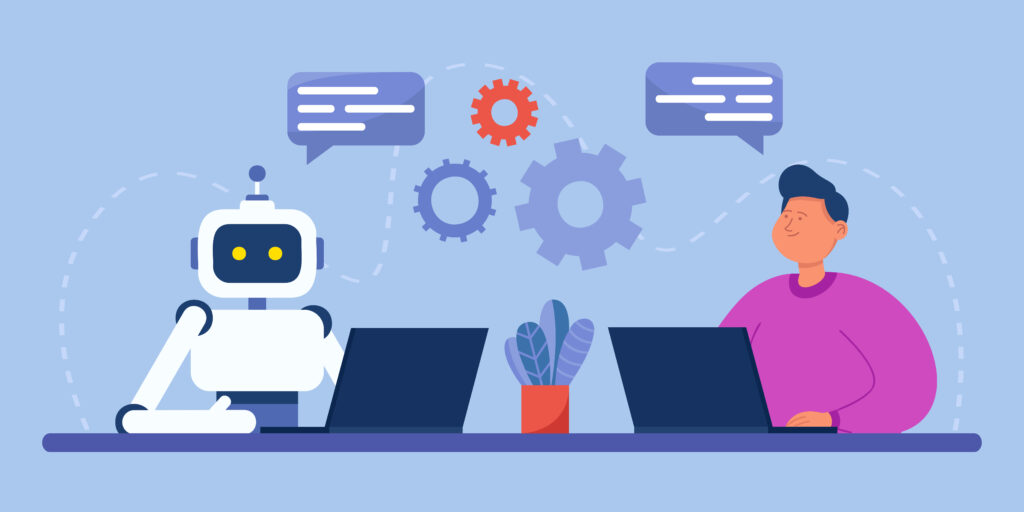
M&E Journal: From Science Fiction to Reality
Envision a world where storytelling transcends the boundaries of science fiction, and artificial intelligence seamlessly augments our reality, unlocking new horizons for creativity.
This once-futuristic notion is now on the cusp of transforming the media and entertainment industry. Let’s delve into the exciting opportunities and challenges that generative AI offers, as we navigate the evolving landscape of creativity and technology.
Today, we stand on the threshold of a creative revolution driven by generative AI, which holds the potential to redefine the media and entertainment industry.
Let’s explore the exhilarating opportunities and challenges that lie ahead.
AI AS AN EXOSKELETON FOR MEDIA AND ENTERTAINMENT AUTOMATION
The fear of AI replacing jobs is a common concern, but let’s shift our perspective. When expertly harnessed, AI can serve as an exoskeleton that amplifies our creativity, enabling us to achieve more with less.
This approach offers a unique opportunity for professionals to push the boundaries of what’s possible and reimagine the media and entertainment landscape.
 By integrating AI into our creative processes, we can not only automate mundane tasks but also unlock our potential to innovate and explore new ideas.
By integrating AI into our creative processes, we can not only automate mundane tasks but also unlock our potential to innovate and explore new ideas.
The exoskeleton metaphor suggests that AI should be viewed as an empowering tool that extends our capabilities, rather than a threat to our livelihoods.
The key is finding the right balance between human ingenuity and machine intelligence, ensuring that they complement each other and work in harmony.
This symbiotic relationship between humans and AI will lead to the rise of hybrid creative teams, where AI tools enhance human creativity and free up time for professionals to focus on higher-level tasks.
As AI becomes more sophisticated and intuitive, it will enable us to refine and expand our creative processes, fostering collaboration between humans and machines in ways we’ve never seen before.
In this new era, creative professionals will no longer be limited by the constraints of traditional tools and techniques. Instead, they can leverage the power of AI to break through barriers and explore uncharted territories in media and entertainment.
By embracing AI as an exoskeleton, we can unlock the full potential of human creativity and usher in a new era of unprecedented innovation.
OPTIMIZING SCHEDULING AND WORKFLOW MANAGEMENT
One area ripe for AI-driven transformation is the optimization of scheduling and workflow management. AI algorithms can analyze data and make predictions to help companies better manage resources and improve employee work-life balance, ultimately leading to higher-quality final products and increased customer satisfaction.
For instance, students will learn less about the process of creation and be able to focus on the description of the intended result.
This shift in the workforce will reduce the need for traditional management roles while enhancing the creative reach of teams with existing experience.
ENHANCING SECURITY AND COMPLIANCE
AI also promises to improve security and compliance within the media and entertainment industry, particularly regarding intellectual property and content protection. Real-time monitoring and analysis of security threats become possible with AI-based solutions, enabling companies to swiftly identify and address potential issues.
This not only fosters employee job satisfaction and peace of mind but also cultivates customer trust and reinforces brand reputation.
IMMERSIVE STORYTELLING ELEVATING CUSTOMER ENGAGEMENT
AI technology, like ChatGPT, has opened new possibilities for enhancing customer support and engagement in the media and entertainment industry.
By leveraging the power of AI-driven chatbots and immersive storytelling, we can create personalized experiences that not only respond to customer needs but also tap into the unique data of each audience member, elevating the level of interaction and deepening connections to the content.
Imagine chatbots powered by ChatGPT that are not only equipped to handle customer service inquiries but also designed to immerse users in the world of their favorite stories or brands.
 These AI-driven conversationalists can follow creative storylines that blend seamlessly with audience members’ unique data, allowing for a more engaging and customized experience that transcends traditional customer support boundaries.
These AI-driven conversationalists can follow creative storylines that blend seamlessly with audience members’ unique data, allowing for a more engaging and customized experience that transcends traditional customer support boundaries.
In the realm of media and entertainment, where OTT streaming, production, post-production, and dig- ital asset management are critical components, AI-enhanced customer support using ChatGPT can create opportunities for brands to extend their stories beyond the screen, further increasing brand awareness and loyalty.
By incorporating augmented reality into these interactions, we can create truly immersive experiences that bridge the gap between the digital world and the audience’s reality.
AI-POWERED CREATIVE INNOVATIONS: BLURRING THE LINES BETWEEN HUMAN AND MACHINE
The rapid advancements in AI technology have led to groundbreaking innovations in media and entertainment, with ChatGPT being a prime example.
By blending the capabilities of creative minds and these new digital counterparts, we are witnessing a new era where AI-generated content is virtually indistinguishable from human-created work.
A shining example of this integration is the recent episode of South Park, “Deep Learning,” which was co-written with ChatGPT. This collaboration demonstrates the impressive capabilities of AI to not only understand human creativity but also contribute to it. The seamless partnership between the South Park creators and ChatGPT showcases how AI can enhance storytelling and add a unique perspective to the creative process.
Moreover, AI tools in popular software suites like Adobe, Microsoft Office 365, Google Workspaces, and Canva are reshaping how we approach content creation. By providing automated editing, generative images, and video production features, these tools enable creators to focus on their vision while the AI handles the more technical aspects.
This newfound freedom allows for greater experimentation, leading to innovative content that pushes the boundaries of media and entertainment.
As we continue to explore the possibilities of AI-powered creative innovations, it’s clear that the lines are becoming increasingly blurred. This exciting development promises a future where AI and human creativity work in harmony, elevating the media and entertainment industry to new heights.
EMBRACING THE GENERATIVE AI REVOLUTION: IT’S TIME TO PUT ON THE EXOSKELETON
As we’ve explored the transformative potential of generative AI in the media and entertainment industry, it’s clear that the future is now.
 The time has come for creators, professionals, and visionaries to put on the metaphorical AI exoskeleton and harness the power of these cutting-edge tools to stay ahead of the curve and elevate their abilities.
The time has come for creators, professionals, and visionaries to put on the metaphorical AI exoskeleton and harness the power of these cutting-edge tools to stay ahead of the curve and elevate their abilities.
By embracing AI as a force multiplier, you can streamline your creative process, enhance your storytelling capabilities, and deliver immersive, personalized experiences to your audience.
The early adoption of these technologies will not only give you a competitive edge but also allow you to shape the future of media and entertainment as we know it.
As you ponder the possibilities of generative AI and its impact on your work, consider this: How much of this article do you think was written with AI assistance, and when during your reading did the possibility first occur to you?
In the not-so-distant future, you may find it increasingly challenging to differentiate between human and AI-generated content, as we all come together to shape a new, collaborative creative landscape.
* By Jonathan de Armas, Founder, Chief Solutions Architect, Island Pitch *
=============================================
Click here to download the complete .PDF version of this article
Click here to download the entire Winter 2022 M&E Journal
